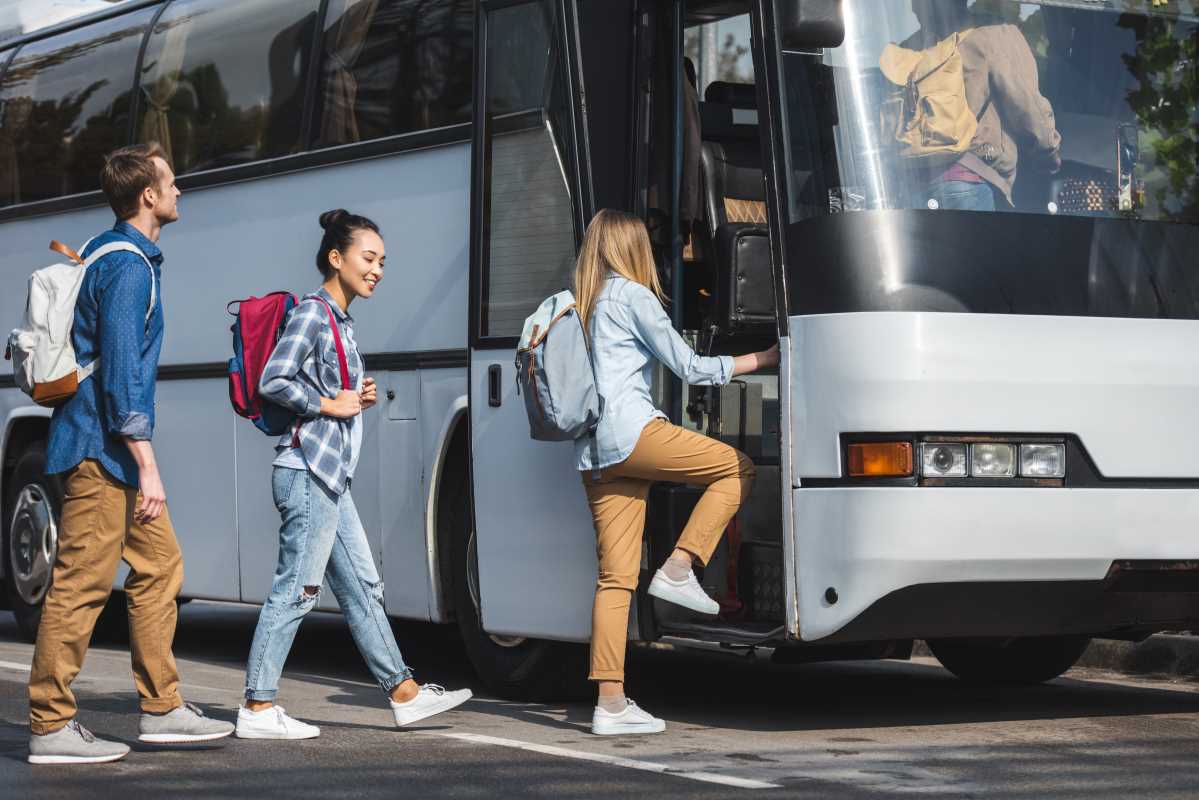Gathering friends who enjoy the same hobby can turn an ordinary trip into an unforgettable experience filled with excitement and discovery. Organizing such a journey becomes much easier when you break down the process into simple, manageable steps. First, learn what inspires each person in the group by asking about their interests, preferred activities, and comfort zones. Next, search for trustworthy information from online resources, books, and local organizations to collect helpful advice about destinations, equipment, and activities. Finally, put together a flexible schedule and budget, and set up a clear way for everyone to share ideas and updates, making sure the entire plan reflects the group’s input.
New Ideas for Trips Based on Shared Interests
- When a music-enthusiast circle plans travel, they discover niche studio visits and instrument maker workshops that traditional guides overlook, allowing for deeper engagement beyond concerts or museums.
- A group interested in birdwatching can coordinate peak migration times with local guide expertise, using signal apps for small team check-ins to capture rare sightings together instead of alone.
- Craft hobbyists might arrange studio-stays in artisan villages, combining hands-on sessions with local suppliers. This approach helps build connections that go beyond photo ops and routine shopping trips.
Key Preparation Techniques
- Clarify what everyone wants to achieve: List the top three attractions or experiences everyone finds appealing. Assign two volunteers to gather detailed info on each, comparing entry costs, opening hours, and best seasons. Hold a quick virtual meetup to confirm choices.
- Make shared gear lists: Create a spreadsheet with each member’s equipment to prevent duplicates and highlight missing essentials. Mark each item by weight, size, and rental options. This helps ensure balanced packing and prevents under- or over-preparation.
- Set financial checkpoints: Decide on a per-person budget limit, then divide it into categories (transport, lodging, meals, activities). Use a free budgeting app with group-sharing features so everyone can track expenses in real time.
Practical Tips for Smooth Coordination
- Task Scheduling Tool – Coordinate Research, Booking, and Communication
- Steps:
- Create shared calendar slots for each task
- Assign a name to each slot so responsibilities stay visible
- Check completion status weekly
- Cost/Metric: Free plug-ins work with popular calendar apps
- Insider Tip: Use color-coding for milestones to highlight deadlines and prevent last-minute rushes
- Dynamic Route Planning – Adapt Plans in Real Time
- Steps:
- Plot main and backup stops on a shared online map
- Sync it to all smartphones
- Agree on a protocol for route changes (e.g., voting or rotating leadership)
- Cost/Metric: Many mapping tools are free for small groups
- Insider Tip: Preload offline map tiles to avoid issues with spotty coverage in remote areas
- Steps:
- Group Messaging Platform – Centralize Communication and Resources
- Steps:
- Set up a dedicated chat room or channel
- Pin key resources like itineraries and packing lists
- Enable location sharing during travel segments
- Cost/Metric: Basic versions are often free; premium plans add advanced analytics
- Insider Tip: Mute non-essential threads to keep alerts focused on important updates
- Steps:
- Shared Expense Management – Track and Settle Costs Transparently
- Steps:
- Set up a ledger with each person’s name
- Log expenses immediately with receipt photos
- Reconcile every two days
- Cost/Metric: Free web tools handle hundreds of transactions
- Insider Tip: Export monthly summaries to CSV for quick tax or reimbursement reports
- Steps:
- Interest Polls During the Trip – Adjust Plans Based on Group Input
- Steps:
- Send a short poll each evening
- Tally responses automatically with templates
- Update the next day’s plan within an hour of receiving results
- Cost/Metric: Free poll features in many chat apps handle dozens of votes
- Insider Tip: Limit questions to two per poll to increase responses and avoid decision fatigue
- Steps:
Surprising Ideas for Future Trips
- Combine a local artist’s open studio weekend with a nearby nature preserve walk, then invite the artist to join the hike. This creative mix sharpens observation skills and produces unique sketches or photos from new angles.
- Arrange a twilight astrophotography workshop at a remote campsite. Collaborate with a small observatory group that sets up temporary telescopes and shares insider tips on framing constellations in unfamiliar skies.
- Partner with a community garden for a seed-exchange meet-up between city growers and rural farmers. This exchange reveals heirloom varieties and sustainable practices that deepen your understanding of local food systems.
Encourage your team to explore together, communicate clearly, and stay flexible. These approaches create memorable stories to share long after the experience.
 (Image via
(Image via





